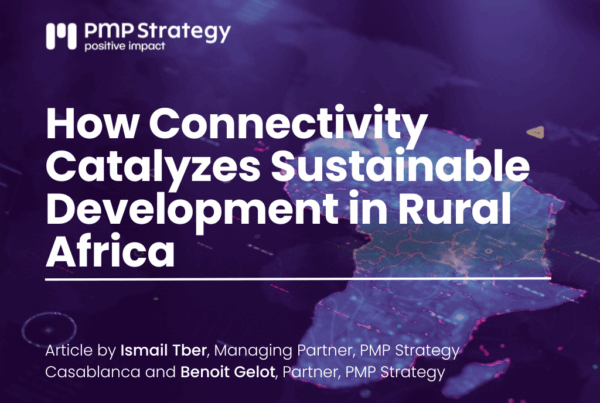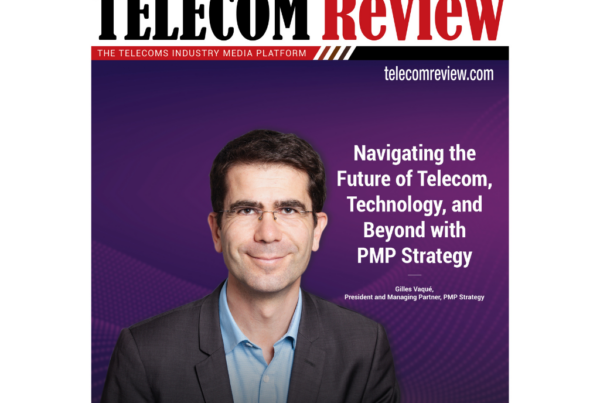I
It is now necessary to secure the success of agile innovation. The objective of traditional companies: to shorten innovation cycles by staying the course.
When it comes to creation and innovation, mistakes cost too much. The industrial vision of innovation is based on the risk associated with the heavy commitment of capital. To reduce this risk, the innovation processes that have been put in place historically were based on a rigorous methodology. This is particularly the case in IT, where the IT department took full control of IT projects with implications on nested and proprietary systems, the famous legacy systems. Faced with high financial and industrial risks, this approach has long made it possible to secure the correspondence in the smallest details between the business need expressed and the achievement.
Even for marketing innovations, potentially less structuring industrially, but mobilizing budgets that could reach several hundreds of millions (as for the global launch of a new fragrance), the design phase was weighed down and lengthened by studies and customer tests. border any risk of commercial failure.
“If I had done customer studies, I would never have launched the Walkman”
This quote from Akio Morita, founding CEO of Sony, created a first gap. The launch of the Walkman finally demonstrated that the customer is able to visualize and appreciate incremental evolutions on a product or a service which he already uses. But asking him to project himself into the virtual use of a product that does not yet exist, and which he has consequently always been able to do without, amounts to asking the client for a project of projection that is not his.
Digital innovation cycles have been considerably shortened and accelerated, driven by web leaders . Traditional players are now looking to put in place agile innovation methods, both to try to keep up with the pace of pure digital players and because these methods, as light as they are new, have an attractive effect on decision-makers. A one-day open innovation session in “hackathon” mode with young students is still more exciting than a laboratory research phase lasting several months!
Festina slow or hurry slowly
Today, time to market is more important than perfection in capturing a market. The objective of maintaining a relevant time to market, combined with the ease of development and correction of new web languages, pushes to favor the release of a “minimum viable product quickly, which will then be improved and enriched.
But the feedback is more mixed. With insufficiently defined business needs, companies are sometimes confronted with inadequate results, resulting in the inability to release the product on time, and requiring in-depth reworking of the realization, considerably lengthening deadlines and costs. Behind this, we often find teams with little training in scrum methods and their hazards, such as the change of teams or leaders in the middle of the process.
But, alongside the failures encountered, feedback from the successes of agile innovation brings out several good practices.
Test… to go where? Have a clear and simple course
The analysis of the leaders Amazon and Google reveals a first good practice: defining a clear and simple target and ambition, to which we can refer easily and over time. Amazon therefore tested its Amazon Fresh concept for more than seven years in several American cities, before rolling it out. The pilots were different in the structuring choices, but all were worked on and evaluated on the basis of a well-defined target. Likewise, for more than three years, Google has made sometimes daily changes to its Google Hotel product, but while staying the course.
“Test and learn”: do not underestimate the “learn”
And test and learn is based on real learn, which first of all requires that the objectives be clearly defined, and materialized with KPIs and the implementation of effective measurement tools and that a project team be kept in charge. throughout the evolution of the product. It is also necessary that the managerial focus is maintained with points of review, debriefing and decision-making and possible correction. And not to forget it, a budget must be allocated from the start to this phase of learning which cannot be done well at “hidden costs”.
And enter into continuous improvement
It is the maintenance and demanding management of this learning phase that makes it possible to enter into a continuous improvement process, essential today to keep up with the pace of change imposed by Amazon and other Google. Amazon’s direct competitors (Fnac, Cdiscount, etc.) have experienced this over the past 15 years: it is when they thought they were on the verge of catching up with Amazon on a feature (search engine, delivery to D0…) that this actor unveiled its new innovation, ensuring it is still one step ahead. The objective today is therefore to perpetuate agile innovation to ensure a questioning and continuous innovation in order to stay in the game. This implies an overhaul of the organization and management of innovative teams,to maintain a continuous effort on each subject of innovation while maintaining the motivation and creativity of these teams.
Failure is part of the process, but as Akio Morita said:
“Don’t be afraid to make a mistake, but make sure you don’t make the same mistake twice.”
Published on the Journal Du Net , by François Cousi, Partner of PMP




